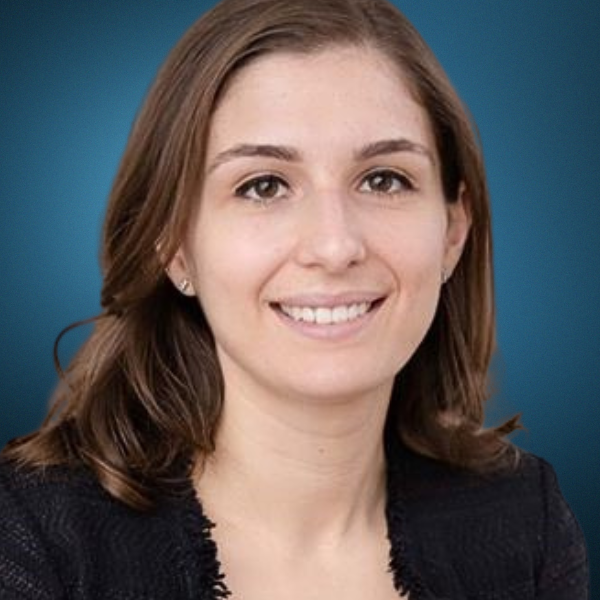 Olivia Shortt is a classically trained saxophonist and multi-disciplinary artist known for their bright, bold performance attire, experimental music and immersive experiences that invite the audience to interpret and engage with the art. In this conversation with host Melissa Gismondi, Shortt talks about the rematriation/repatriation of Indigenous artifacts as well their diverse influences—from an exploration of the "weird" to Meatloaf to Indigenous trickster figures. As the JHI’s 2023-24 Artist in Residence, Shortt worked on an immersive opera focusing on the rematriation/repatriation of cultural objects and ancestors as well as the conversation between institutions and Indigenous communities. Shortt’s work aims to create spaces for dialogue and reflection on the historical and ongoing impact of colonialism and efforts to reclaim Indigenous histories and identities.
Olivia Shortt is a classically trained saxophonist and multi-disciplinary artist known for their bright, bold performance attire, experimental music and immersive experiences that invite the audience to interpret and engage with the art. In this conversation with host Melissa Gismondi, Shortt talks about the rematriation/repatriation of Indigenous artifacts as well their diverse influences—from an exploration of the "weird" to Meatloaf to Indigenous trickster figures. As the JHI’s 2023-24 Artist in Residence, Shortt worked on an immersive opera focusing on the rematriation/repatriation of cultural objects and ancestors as well as the conversation between institutions and Indigenous communities. Shortt’s work aims to create spaces for dialogue and reflection on the historical and ongoing impact of colonialism and efforts to reclaim Indigenous histories and identities.
 Humanities at Large is a podcast from the Jackman Humanities Institute that features conversations with our Fellows—scholars, artists and thinkers—who explore how the humanities can offer fresh perspectives on historic and contemporary issues. Organized around an annual theme, Humanities at Large is a must-listen for anyone passionate about the power of ideas! Series 1 includes conversations with Teresa Heffernan, Chloe Bordewich, Nilanjan Das, Jane Wolff, Olivia Shortt and Kamari Maxine Clarke.
Humanities at Large is a podcast from the Jackman Humanities Institute that features conversations with our Fellows—scholars, artists and thinkers—who explore how the humanities can offer fresh perspectives on historic and contemporary issues. Organized around an annual theme, Humanities at Large is a must-listen for anyone passionate about the power of ideas! Series 1 includes conversations with Teresa Heffernan, Chloe Bordewich, Nilanjan Das, Jane Wolff, Olivia Shortt and Kamari Maxine Clarke.
Host Melissa Gismondi (she/her) is an award-winning writer and audio producer. She holds a PhD in American history and was the 2020-2021 New Media Public Humanities Fellow at the Jackman Humanities Institute.
Listen now above or on Apple, Spotify, Amazon Music, iHeartRadio, YouTube, Deezer or Player FM. For a full list of all available episodes visit out podcast page.
Series 1—Absence
Absence takes many forms - absence as loss, abandonment, and omission; absence as exile, separation, and unbelonging; and, paradoxically, absence as boundless, infinite, and transcendent. Ways of knowing, communal memory, as well as personal and cultural identities are all shaped, challenged, and even denied by various types of absences. Voids, silences, privations, gaps and solitudes are forces in themselves. What is not there can be even more powerful than what is there. How does absence affect our views of and place in the world? What meaning can we make of those “blank void regions”? What happens when absence is present? How are today's technologies and our networked world challenging the binary distinction of presence and absence?


